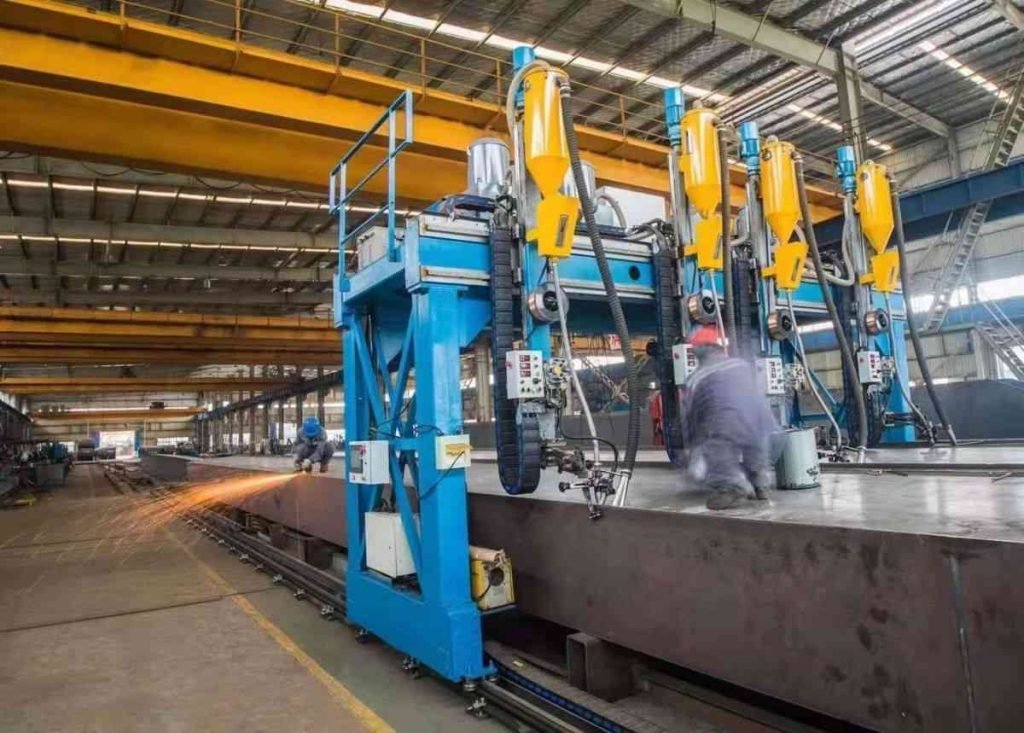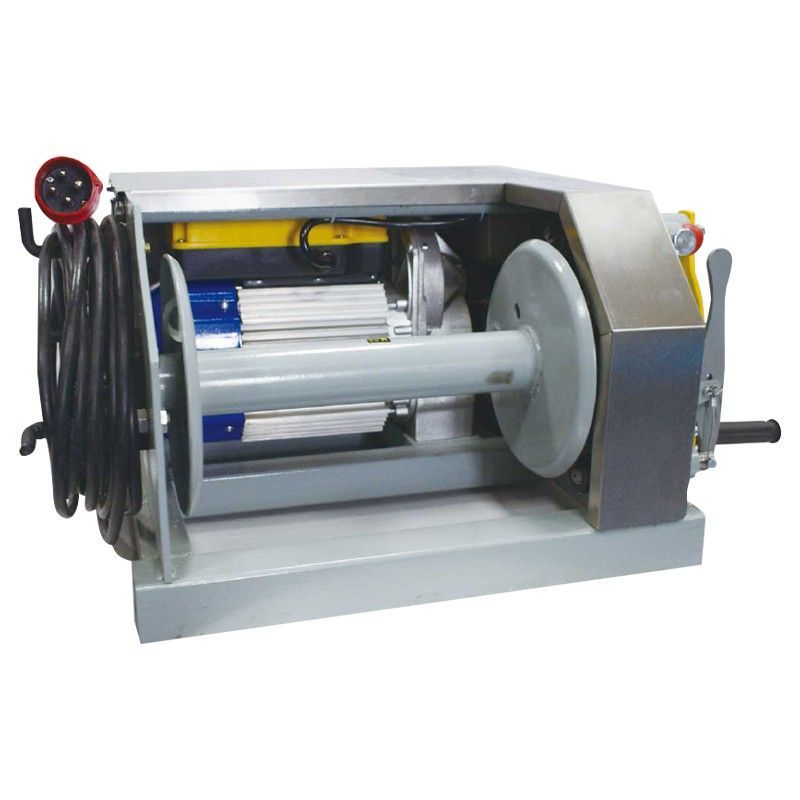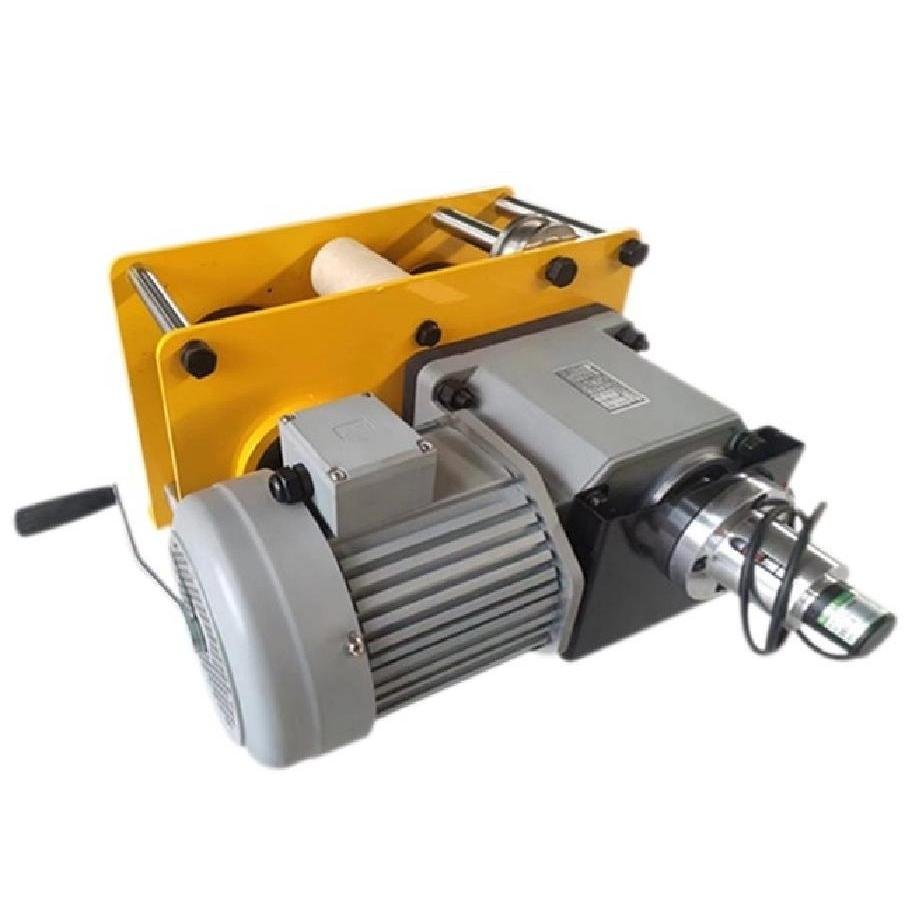The use of reliable and efficient lifting equipment and winches is critical for the safe and timely execution of construction projects. Having the right equipment not only ensures optimal productivity but also compliance with stringent safety protocols. This article provides a comprehensive guide to the top lifting equipment and winches used in the construction industry.
Understanding the importance of lifting equipment in construction projects
Lifting equipment like cranes, hoists, forklifts are essential for lifting and transporting heavy materials around construction sites. They lift, lower and move materials horizontally for tasks like lifting concrete, steel beams etc. Choosing suitable lifting gear improves project efficiency and safety. Common equipment used are cranes, hoists, pulleys, forklifts etc. Proper training and adherence to weight limits is crucial when operating equipment.
Exploring the different types of winches for construction projects
Winches are versatile lifting machines using wire rope and drum for pulling, lifting heavy loads. Main types used in construction:
Each type has pros and cons based on load capacity, speed, mobility. Correct winch selection is vital depending on application.
Top lifting equipment for construction projects
Some top equipment for construction lifting tasks are:

Cranes – tower, mobile cranes for lifting heavy materials to heights. Critical for structural steel erection.
Hoists – electric/air powered hoists raise and lower materials on construction sites. High lifting versatility.
Forklifts – used with mast and forks to lift and transfer palletized loads around jobsite. Telehandlers are large capacity forklifts.
Load binders and straps – used to firmly secure irregular loads before crane lifting. Ensure stability.
Tips for safe and effective equipment use
To leverage lifting gear safely:
Operators must get proper training and certification for equipment use.
Daily inspection and scheduled maintenance critical for winches and cranes.
Calculate weight limits and plan lifts carefully to avoid overloading.
Implement fail-safe measures and alarms to prevent accidents.
Establish emergency response plan for equipment malfunctions or failure.
Using the right lifting equipment improves construction productivity and safety. Evaluate options mindfully for specific applications. Investing in trusted quality brands ensures reliable performance.


